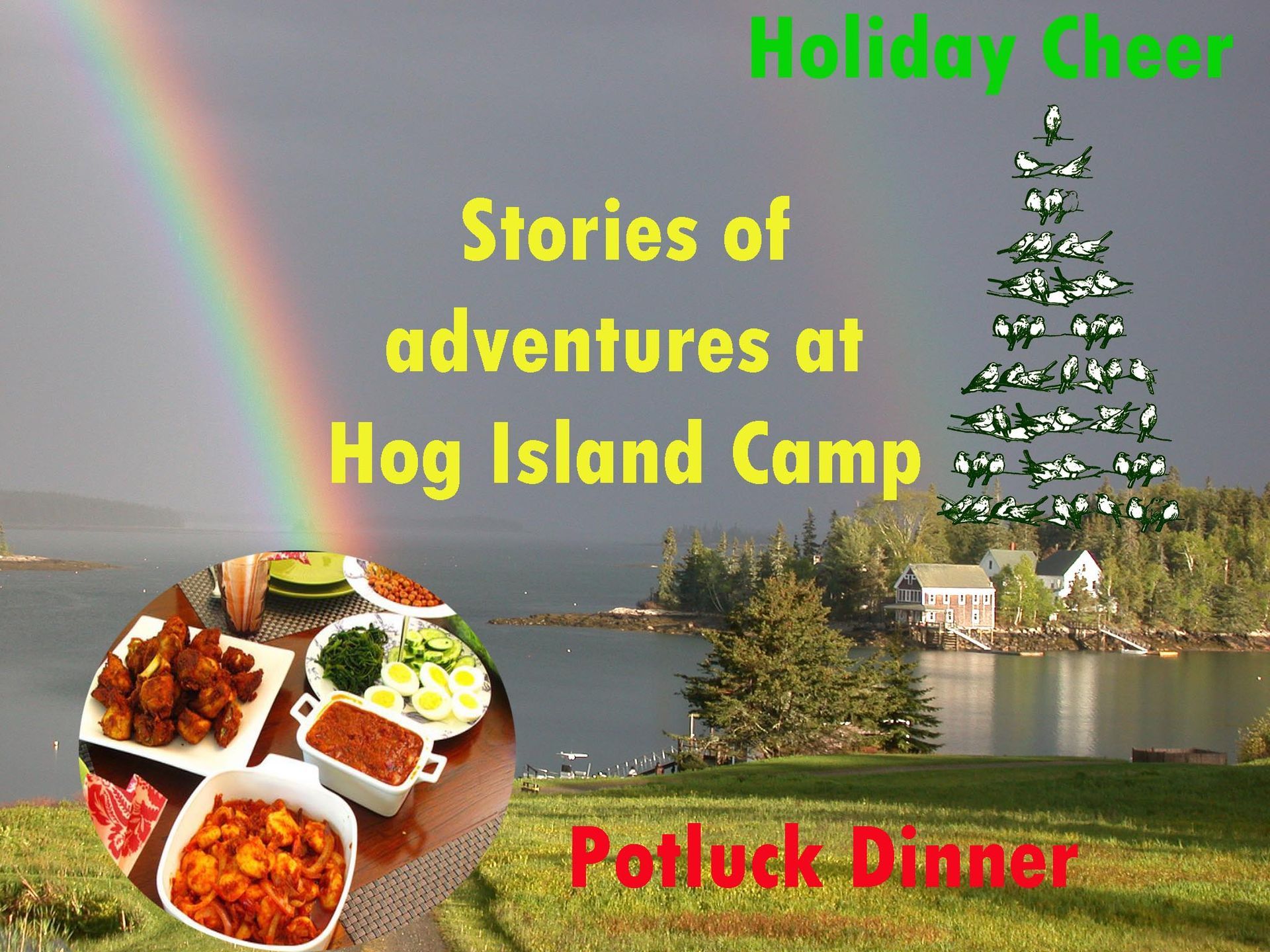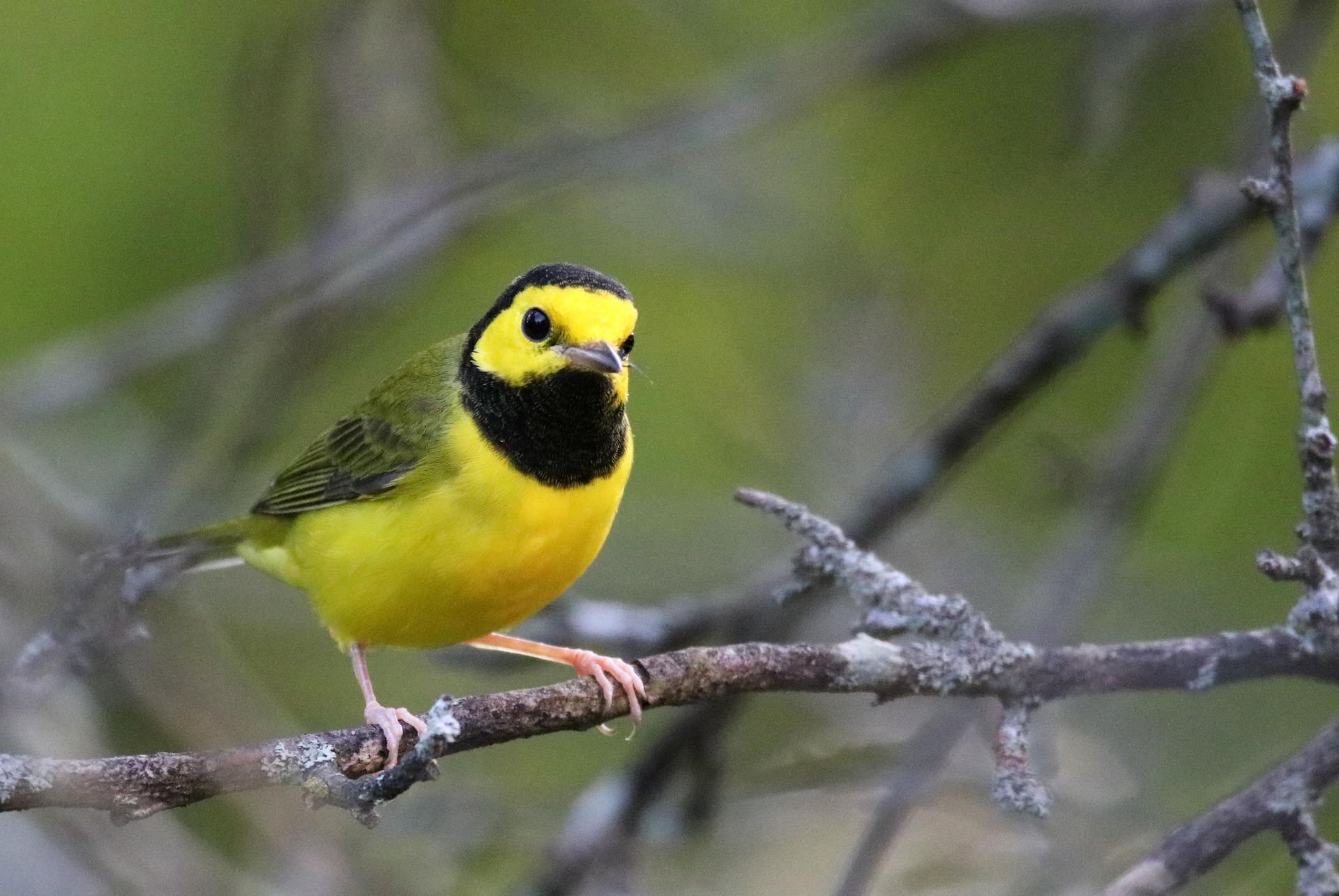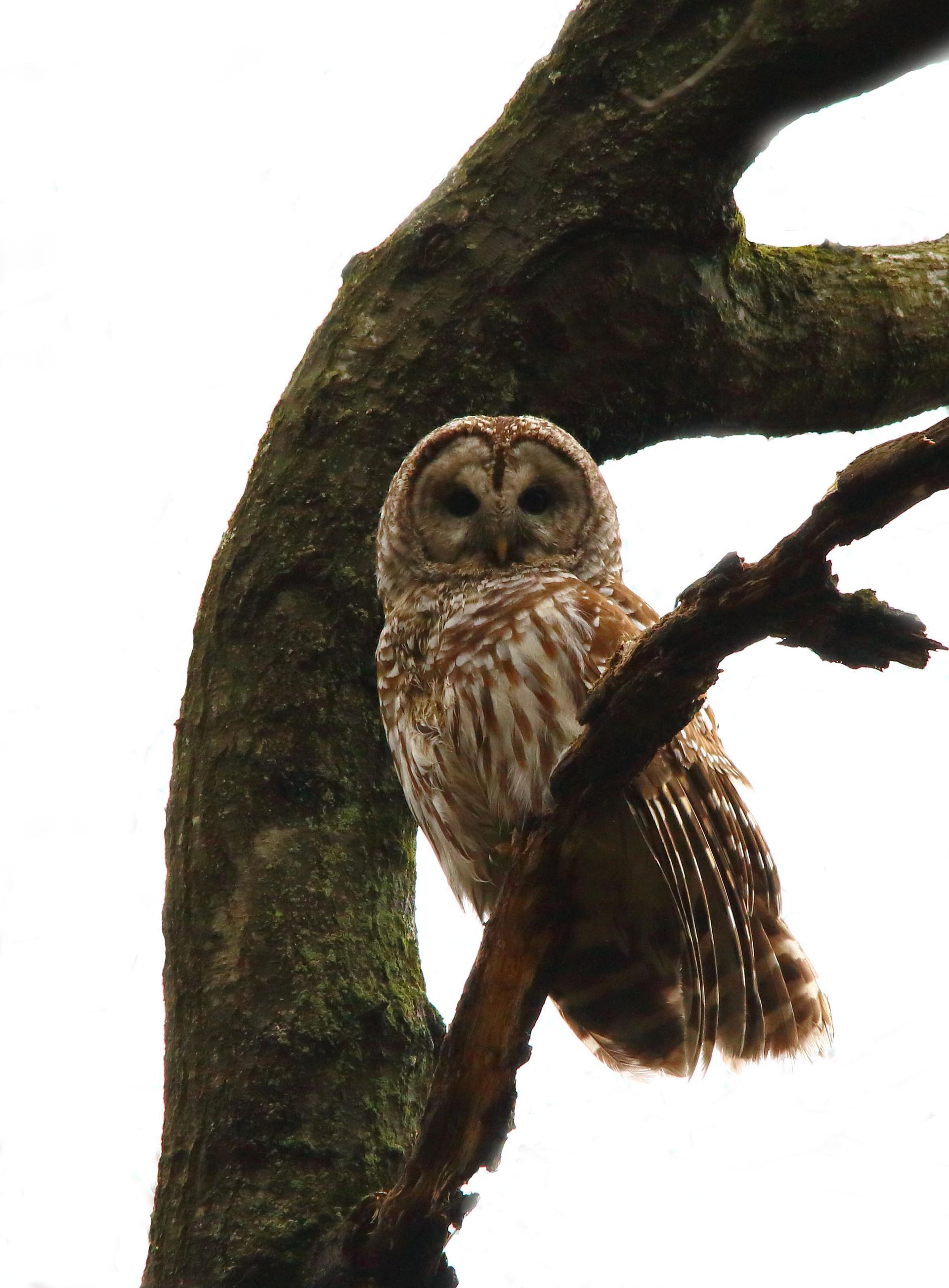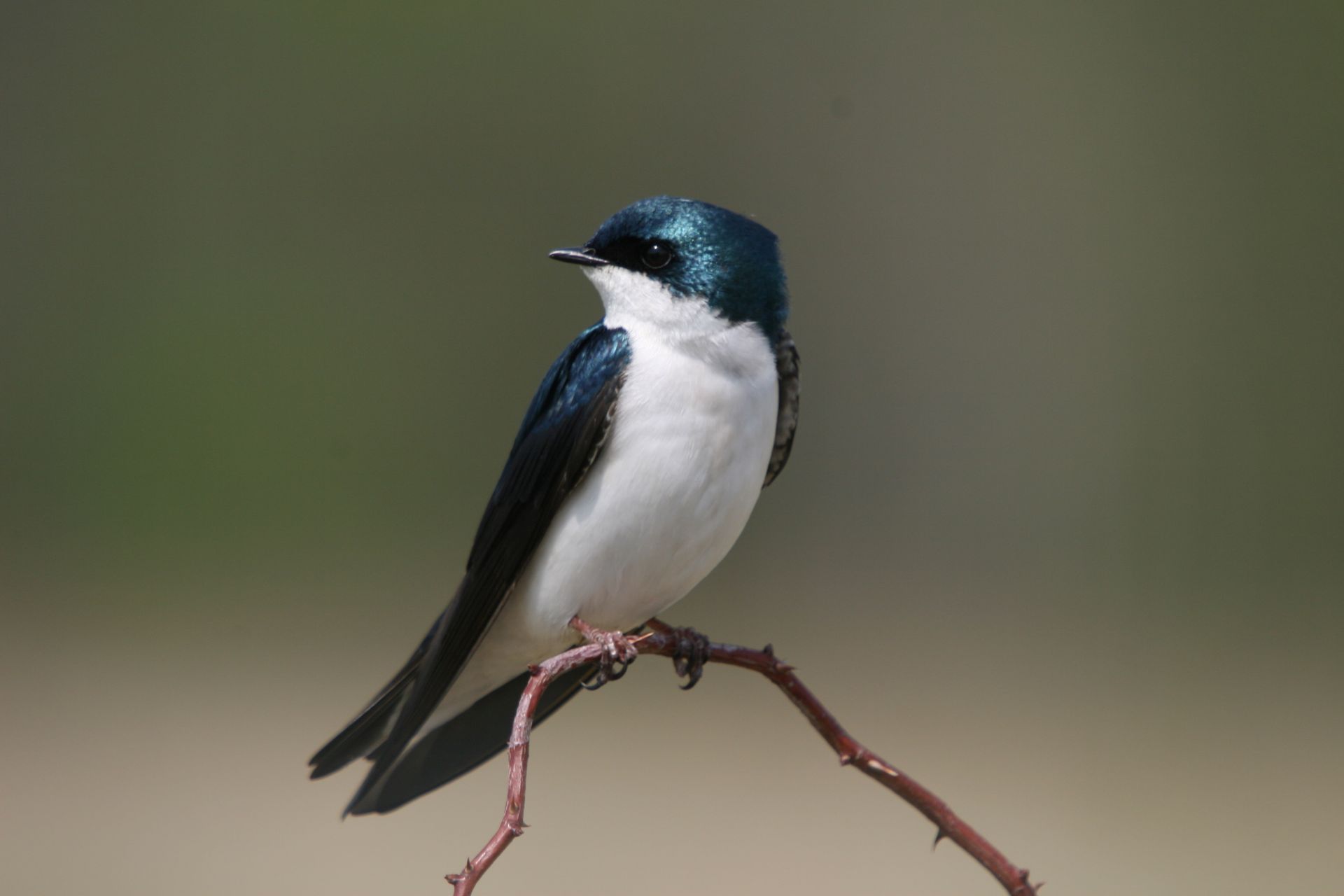Bartramian Audubon Society Meetings
Meetings are held the second Monday of most months ( March, April, May, September, October, November, December),
at the Jennings Environmental Center, located on Rt. 528, just west of Rt. 8 (approx. 5 miles south of Slippery Rock) at 7:00 pm. Refreshments are served after the meeting. The public is welcome.
Upcoming Meetings
Previous Meetings
November 10, 2025-Monday-Counting Birds, Connecting People: How Your Observations Help Citizen Science You don’t need to be a scientist—or even a tech expert—to make a difference for birds!
Join Jennings Staff to explore a variety of easy to use citizen science projects, from well-known events like the Christmas Bird Count and the Great Backyard Bird Count to longer programs like Project FeederWatch and eBird. Whether you enjoy watching birds at your feeder, strolling through the park, or simply jotting down what you see, your observations can help researchers understand and protect bird populations.
October 13, 2025-Monday-Using Sustainable Forestry to Increase Bird Diversity for Conservation
It is well established that clearcuts provide important habitat for a suite of early successional bird species. Surprising recent work has shown that very large clearcuts (>40 acre) may also benefit some birds that we normally think of as requiring extensive, mature forests. This research has shown that recent fledglings of these species use clearcuts because they provide lots of food and cover for a short, but vitally important, time in the life cycle of the bird. Yet clearcuts are also detrimental to lots of other wildlife because they create even-aged habitat that persists throughout the life of the forest.In our study, we are testing a different model of sustainable forest management that uses multiple entries into the forest for very light timber harvests. We hypothesize that by creating very small, 1-5 acre gaps in the forest through group selection cuts, we can provide habitat opportunities for important early-successional species,
as well as habitat for dispersing fledglings of mature forest species. If successful, this approach will have the added benefit of restoring forests to an uneven-aged condition that is beneficial to many more species that require structurally diverse forests.
This forest management style also supports families and landowners with small forest plots, and the economic viability of rural communities through the restoration of working forests.
Dr. Steven Latta, an ornithologist, and Dr. Annie Maloney, a forest ecologist, will present preliminary results from four years of fieldwork testing this sustainable forestry model. We will talk about forest management options, what types of birds are using these managed forests, and what resources the birds are pursuing in the gaps. We will discuss how these results apply to the management of public and private forests in
Pennsylvania and beyond.
September 8, 2025-Monday-Fran Bires
Fran Bires will be presenting the program at our September meeting, which will also be our annual meeting for the year.
Fran worked in the Environmental Education field his entire professional career – first at Raccoon Creek and McConnell’s
Mill State Parks and then the McKeever Environmental Learn-ing Center. Since his retirement, Fran spends a great deal of time photographing wildlife throughout Pennsylvania and in our National Parks.
His presentation is a display of the photographs he has taken over the years which include Birds of Prey, Waterfowl, Water Birds and Songbirds.






